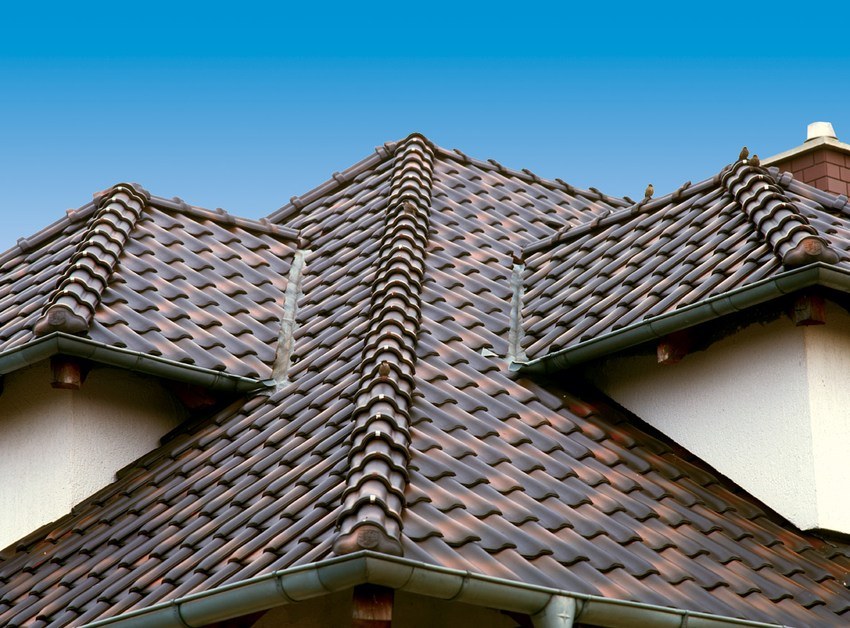Affordable Exteriors Rapid City, SD
Flat or low-slope roof covering
All low-slope/flat roofing types can lead to severe weathering and brittle roof membranes. Long-term standing water can cause mold and vegetation growth. You should inspect the roof's underside and drop ceiling for water damage. This indicates that your roof covering system may be damaged. You should also consider the following:
Affordable exteriors rapid city, sd inspects ballasted roof systems for uneven rock distribution.
Reposition any rocks to cover any roof membranes that are missing or bare.
-
Check that the roof membrane isn’t damaged.
Check modified bitumen and built-up roofs for cracks, bubbles, excess wear around connections, tears, and punctures. Also, be aware of severe weathering that can lead to the loss or removal of protective coatings and embedded gravel.
-
Single-ply: Check for tears, worn seams, and seam failure. Look out for any unusually loose membranes or blisters in adhesive- or glued-down systems.
-
The acrylic coating might be removed by excessive weathering, splitting, punctures, or punctures in sprayed Polyurethane foam.
-
Metal panels should be inspected for worn rubber washers and loose screws. These can cause metal panels to rust over time. You should inspect for signs of rust, as well as worn-off or discolored paint. This serves as an anti-rust coating. Also, look out for dents or divots.
Roof coverings for steep-sloped roofs
Make sure the roof isn't bowing or losing its shape. You should also consider the following factors:
-
Check asphalt shingles for cracks, loose or broken shingles.
-
In clay and concrete tiles, look out for missing or cracked tiles.
-
Metal panels should be inspected for worn rubber washers and loose screws. These can cause metal panels to deteriorate. You should also inspect for signs of rust, as well as worn-off or discolored paint. This serves as an anti-rust coating. Also, look out for dents and divots.
Drainage solutions for roofs
Take out any loose material from your roofs such as leaves, sticks, and construction debris. Also, remove dirt and other granules that might get stuck in gutters or roof drains.
You should check your gutters for blockages that could be causing long-term standing water. If there is no obstruction but still water in the gutter, ensure that the gutter slopes to the downspout.
Check the perimeter flashing for signs of deterioration. In high winds, loose flashing or poorly fitting flashing can significantly increase the risk of roof failure and water infiltration.
Equipment mounted on the roof
-
For corrosion, examine metal panels, screws, and flashing on curbs.
-
Check the connection of the equipment to the curb. If you see signs of curb leaks, inspect the equipment's connection to the curb. You should inspect curbing for signs of rot, and replace it if you suspect there is a water leak.
-
Make sure all straps and wires are securely fastened. There should be no slack. Refer to the manufacturer's instructions for more details.
-
Check for flashing in the vicinity of roof-mounted equipment curbs. This could lead to structural failure or water penetration.
-
All debris should be removed from the area surrounding and under roof-mounted equipment. Debris can cause water to the pond.
-
Make sure that fasteners are secured on all service panels to prevent them from being displaced.

